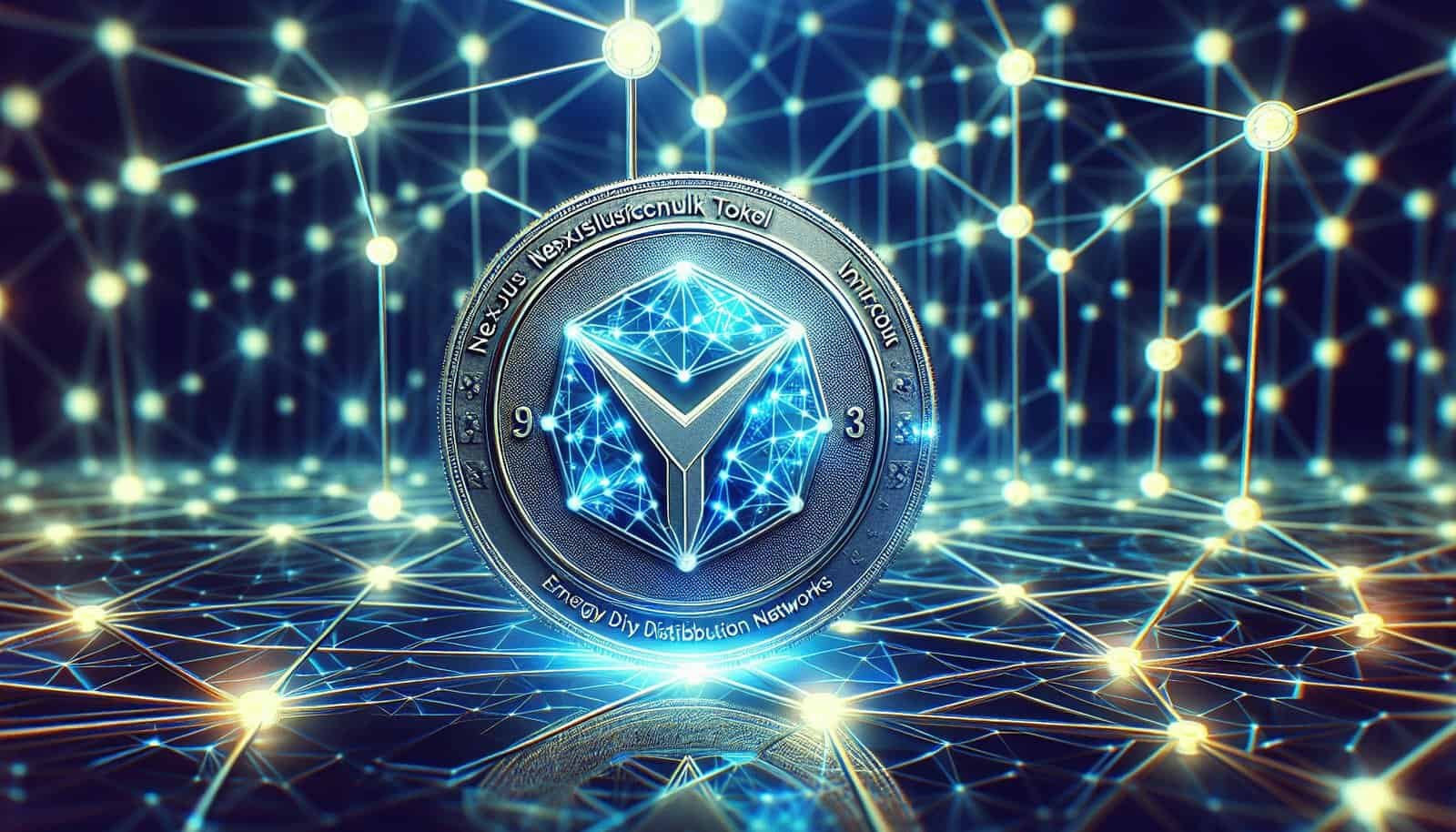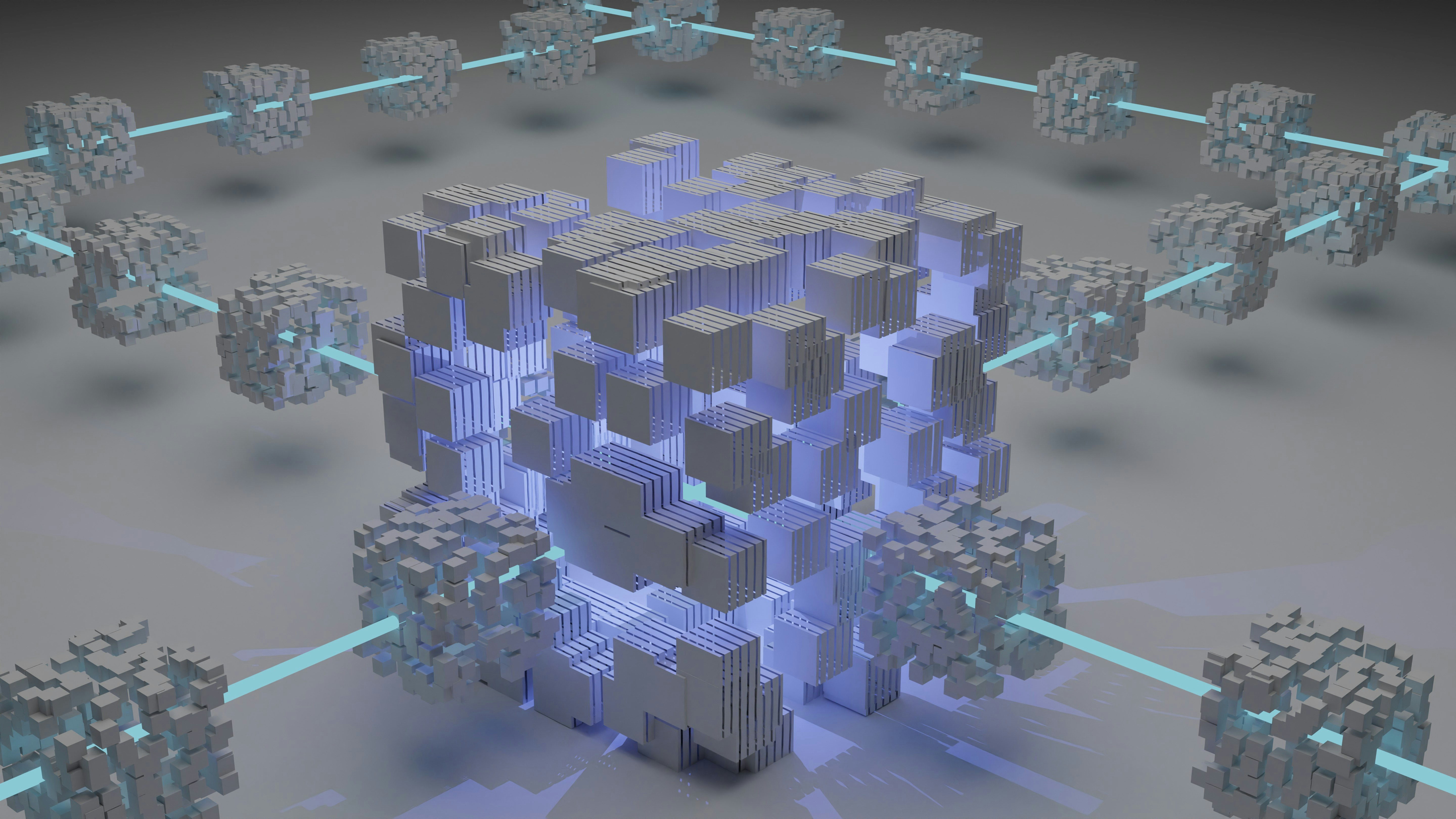Have you ever wondered how decentralized energy distribution networks could transform the way you consume and manage energy in your everyday life? The concept might sound complex, but it’s rapidly becoming a reality thanks to the innovative solution provided by NexusLink Token. This emerging technology proposes a revolutionary shift from traditional energy systems to more equitable, efficient, and sustainable methods.
Understanding Decentralized Energy Distribution
Decentralized energy systems, sometimes referred to as distributed energy, involve generating and distributing energy in a more localized and flexible manner. Unlike the traditional centralized energy systems, where power is generated at a large central location and distributed over long distances to end-users, decentralized systems focus on local production and consumption.
How Does NexusLink Token Fit In?
NexusLink Token serves as the backbone for managing decentralized energy networks. It facilitates the secure, transparent, and efficient exchange of energy between producers and consumers without the need for a traditional power grid. Using blockchain technology, NexusLink Token ensures all transactions are timestamped, verified, and tamper-proof, fostering trust and reliability within the network.
Why Decentralization Matters
You might be asking yourself why there’s a growing shift towards decentralized networks. Here are a few key reasons:
- Resilience: Decentralized networks are less vulnerable to disruptions since they don’t rely on a single point of failure.
- Efficiency: Energy is consumed closer to where it’s produced, reducing the need for long-distance transmission.
- Sustainability: Encourages the use of renewable energy sources by empowering small producers to contribute to the grid.
- Equity: Supports energy democracy by allowing community members to become both consumers and producers.
The Role of Blockchain in Energy Distribution
Blockchain technology underpins the operations of NexusLink Token by providing a decentralized ledger that records all transactions across the network. This technology ensures transparency, security, and interaction without a central authority.
Benefits of Blockchain Integration
- Transparency: Every transaction is recorded on a public ledger, ensuring all parties have access to the history of energy exchanges.
- Security: Each block in the blockchain is encrypted, making unauthorized access virtually impossible.
- Efficiency: Smart contracts automate transactions, reducing the need for intermediaries, and enhancing transaction speed and accuracy.
Smart Contracts and Their Importance
Smart contracts are self-executing contracts with the terms of the agreement directly written into code. They play a crucial role in NexusLink’s network by automating the exchange of energy based on pre-set conditions, ensuring trustless and instantaneous transactions.
Traditional Systems vs. Decentralized Networks
To appreciate the shift towards decentralized energy networks facilitated by NexusLink Token, it’s essential to compare it with traditional energy systems. The table below highlights some key differences:
| Aspect | Traditional Energy Systems | Decentralized Energy Networks |
|---|---|---|
| Centralization | Centralized power generation | Localized power generation |
| Transmission losses | High due to long transmission lines | Low due to proximity of consumption |
| Sustainability | Often reliant on fossil fuels | Promotes use of renewable sources |
| Reliability | Vulnerable to single points of failure | More resilient with multiple generation points |
| User Involvement | Limited to consumption | Active participation in production and trading |
NexusLink Token: A Closer Look
NexusLink Token is not just about technology; it represents a new paradigm in energy management and consumption. It aims to create an ecosystem where individuals can efficiently produce, trade, and consume energy on their terms.
How NexusLink Token Facilitates Transactions
By employing blockchain technology, NexusLink Token allows for peer-to-peer energy trading. Consumers can purchase energy directly from producers, paying with NexusLink Tokens. This direct exchange reduces costs, increases efficiency, and enhances the accessibility of renewable energy sources.
Benefits for Consumers and Producers
- Empowerment for Consumers: Choose your energy sources, negotiate prices, and purchase energy directly from local producers.
- Opportunities for Producers: Sell surplus energy generated from solar panels or wind turbines, creating an additional income stream.
Real-World Applications
Decentralized energy networks with NexusLink Token can revolutionize various sectors. Here’s how:
Residential Energy Management
Imagine managing your home’s energy needs through an app, buying energy credits from your neighbor with surplus solar-generated power. NexusLink Token enables this level of interaction by creating a microgrid within your community.
Commercial and Industrial Usage
Businesses can benefit from lower energy costs and sustainable practices by integrating NexusLink technology. They could purchase energy directly from green producers, aligning with corporate social responsibility goals and reducing their carbon footprint.
Government and Municipal Implementations
Municipalities can utilize decentralized energy networks to manage public utilities more efficiently. By investing in local energy production, they can ensure grid resilience and promote economic development within communities.
Overcoming Challenges
While the benefits are compelling, transitioning to a decentralized energy system is not without its challenges.
Regulatory Hurdles
Energy markets are heavily regulated, and adapting these regulations to accommodate blockchain-powered networks is a significant task. Governments and regulatory bodies need to recognize the potential and adapt policies to facilitate innovation.
Technological Barriers
Establishing the infrastructure necessary for widespread adoption of decentralized networks requires significant technological advances and investments. Ensuring grid stability while integrating multiple small-scale producers is a complex challenge.
Security and Scalability
While blockchain technology is inherently secure, the scalability of decentralized networks is an ongoing challenge as the number of transactions increases. Continuous improvements and innovations are required to maintain efficient and secure operations.
The Path Forward: Embracing Innovation
NexusLink Token stands at the forefront of transforming energy distribution. As technology advances and regulatory landscapes evolve, you can expect decentralized energy networks to become more prevalent, offering a sustainable, efficient, and equitable solution to energy needs.
What Can You Do?
As an individual, you can support this transition by:
- Educating Yourself: Understanding how decentralized networks work and their benefits can prepare you to participate actively.
- Advocating for Change: Support policies and initiatives that promote renewable energy and decentralized networks.
- Investing in Green Technologies: Consider installing solar panels and other renewable energy solutions, contributing to a decentralized energy future.
Conclusion
The NexusLink Token and decentralized energy networks are pioneering a significant shift in how energy is produced, distributed, and consumed. By focusing on local generation and leveraging blockchain technology, this model promises a more resilient, equitable, and sustainable energy future. As this technology continues to evolve, you have the potential to play a crucial role in shaping the future of energy distribution, ensuring a cleaner and more efficient world for generations to come. Embrace the innovation, and take part in this energy revolution that could redefine power as you know it.





